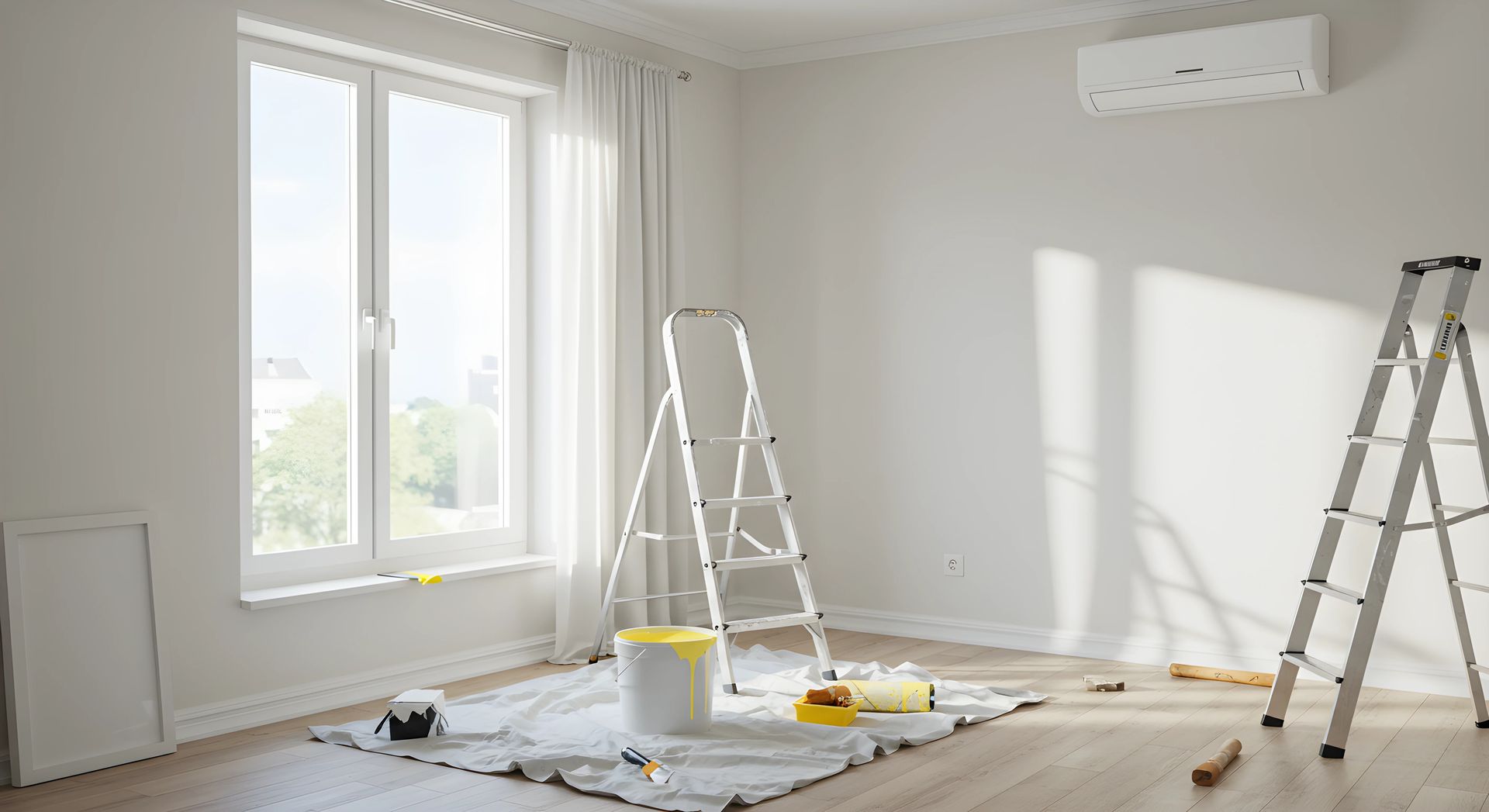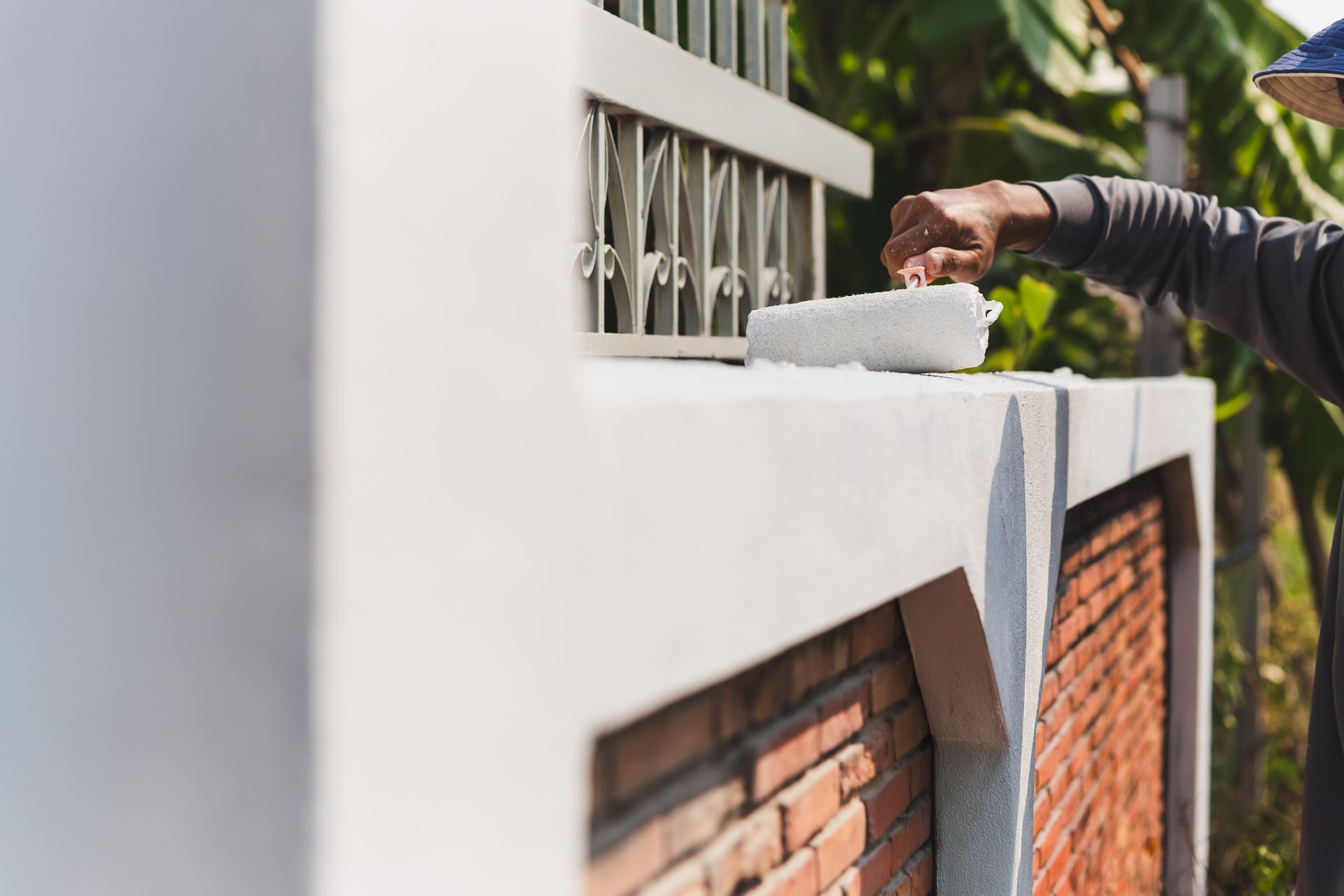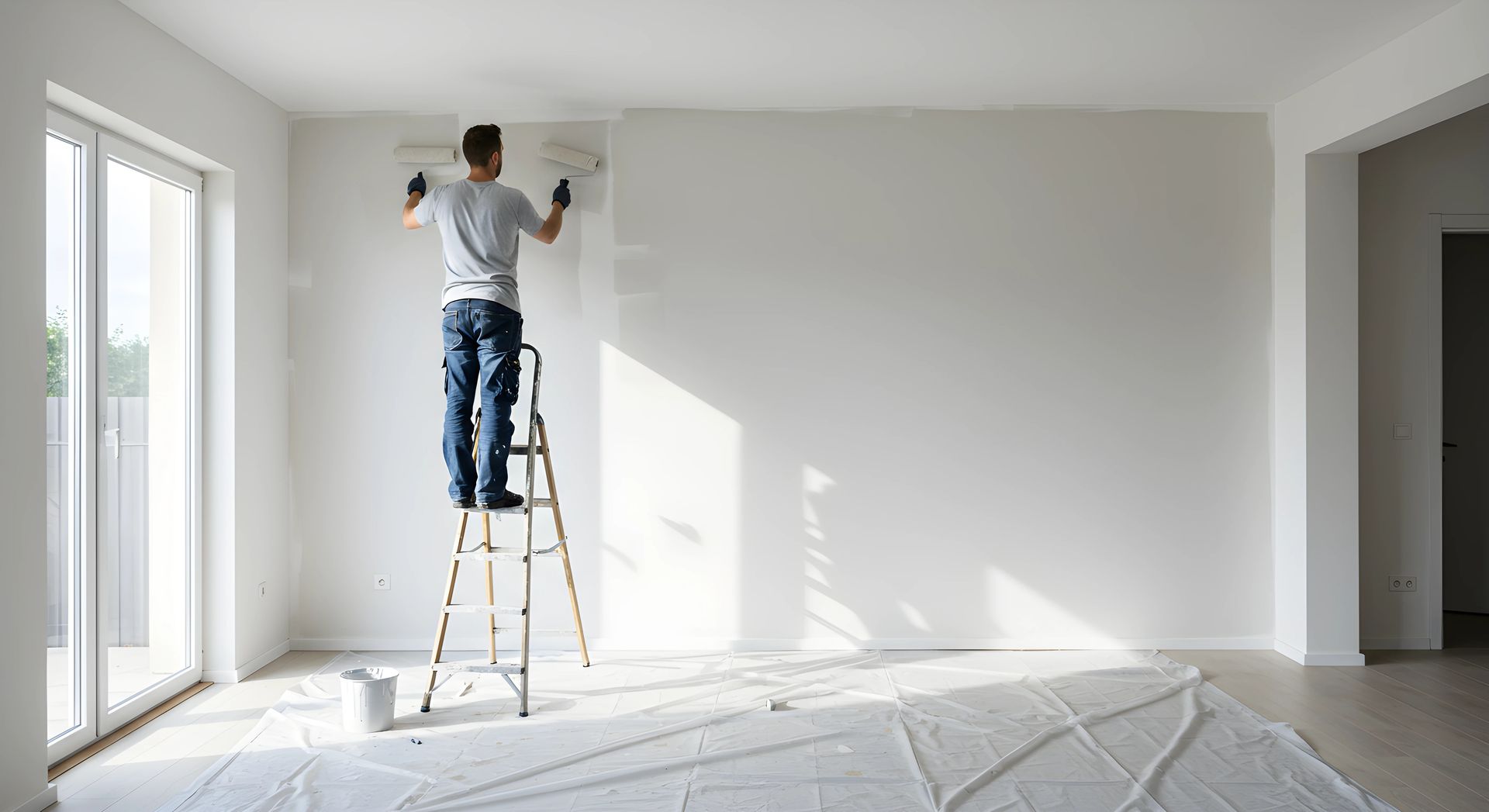How Florida’s Climate Wrecks Your Paint—and What to Do About It
“Florida’s sunshine is great for your tan—but terrible for your paint job.”
Living in Wellington means year-round warmth, palm trees, and endless sunshine. It also means your home’s paint is constantly under attack. Between intense UV rays, high humidity, and heavy summer rains, Florida's climate creates the perfect storm for premature paint failure—especially on exteriors.
As a local painting service, we’ve seen how quickly a home’s finish can go from fresh to faded. But the good news? With the right prep, materials, and timing, you can protect your investment and keep your home looking sharp for years.
Here’s what every Wellington homeowner should know.
1. The Florida Climate vs. Your Paint
Let’s break down the biggest enemies of your paint job in South Florida:
☀️ UV Rays
Florida’s sun is no joke. On an average summer day, exterior surfaces can reach 140°F or more. That level of heat breaks down paint binders, causing fading, chalking, and cracking—especially with darker colors.
💧 Humidity & Moisture
Wellington sits in a subtropical climate zone. That means high humidity most of the year, which leads to:
- Blistering and peeling
- Mildew and algae growth
- Poor paint adhesion if surfaces aren’t properly prepped
🌧️ Storms & Rain
Afternoon thunderstorms and hurricane season bring heavy rainfall, which can seep into improperly sealed surfaces and compromise both paint and structure.
2. Common Signs Your Paint Is Failing
Watch for these red flags on your walls or siding:
- Fading or chalky residue on your hands
- Peeling or bubbling paint
- Black or green mildew patches (especially on shaded areas)
- Hairline cracks in stucco or paint film
- Warped wood or soft spots beneath paint
If you notice any of these, it’s time to act before more damage sets in.
3. What You Can Do to Fight Back
✅ Use Paint Made for Florida
Not all paint is created equal. For Florida homes, look for:
- UV-resistant formulations (especially for exterior paints)
- Elastomeric coatings for stucco and masonry (flexible, weather-resistant)
- Mildew-resistant additives for humid zones
We exclusively use high-performance products designed to handle Florida’s unique demands.
✅ Prep Like a Pro
The biggest mistake we see from DIY jobs or budget contractors? Skipping surface prep. In Florida, this is crucial:
- Pressure wash to remove mold and debris
- Seal cracks and repair water damage before painting
- Prime with mold-resistant primer if needed
✅ Choose the Right Time
Avoid painting during peak humidity or just before a rainy week. The ideal season? Late fall through early spring, when humidity drops and storms are less frequent.
4. How Often Should You Paint in Florida?
- Exterior Paint: Every 5–7 years depending on sun exposure and product quality
- Interior Paint: Every 5–10 years, especially in rooms with lots of natural light or AC cycling
In Florida, regular upkeep saves you from major repairs later—especially with wood, stucco, and siding that can rot if paint fails.
5. Don’t Let Paint Problems Sneak Up on You
Here in Wellington, paint isn’t just about looks—it’s part of your home’s defense system. When it starts to fail, water intrusion and structural issues aren’t far behind.
We offer free exterior paint inspections, and we’re happy to walk your property and show you what’s holding up—and what’s not.
🎨 Ready to Repaint or Repair?
Whether you're dealing with peeling stucco, faded shutters, or you're just overdue for a color refresh, we’ve got you covered. Our team specializes in Florida-friendly painting solutions that last longer, resist mold, and stand up to the elements.
👉 Contact us today to schedule a consultation and protect your home before the next storm season rolls in.



